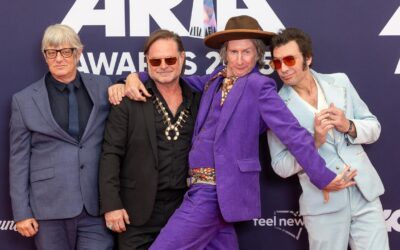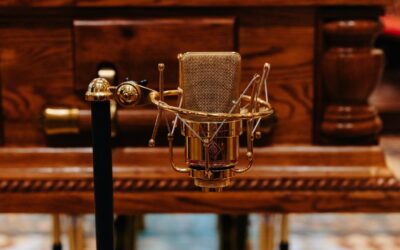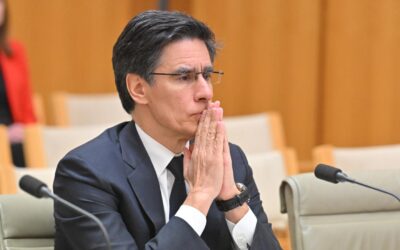Sorry, that’s old news…
You’ve found an older news story. We delete stories from our AAP News Feed after two months. But fear not, here’s today’s news!

Stars of Australia's music industry and overseas have strutted down the red carpet of the ARIA music awards, ...

Australia's most senior police admit they have been powerless to stop a massive increase in child exploitation, ...

Regular disagreements haven't prevented Russell Crowe leading tributes for talkback titan John Laws before an ...

Elon Musk and Donald Trump appear to have patched things up after a spectacular public spat that saw them exchange ...

The boss of one of the nation's biggest banks is promising to do better after it was slapped with a record fine ...

COP30 UN climate talks host Brazil is spearheading a push for a detailed road map for the world to phase out or ...

A US court has dealt a major blow to Texas Republicans, rejecting a redrawing of the electoral map in the state, ...

Laws designed to prevent employees from having to pick up the phone outside of work hours appear to be having ...
No results found.
Background image courtesy victoriancollections.net.au